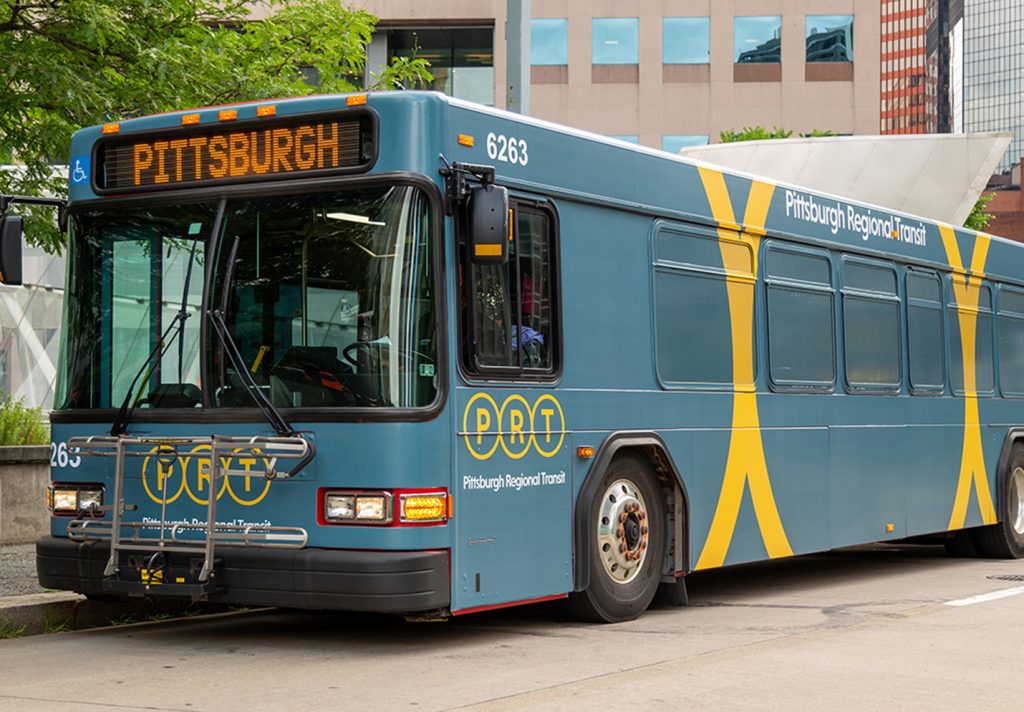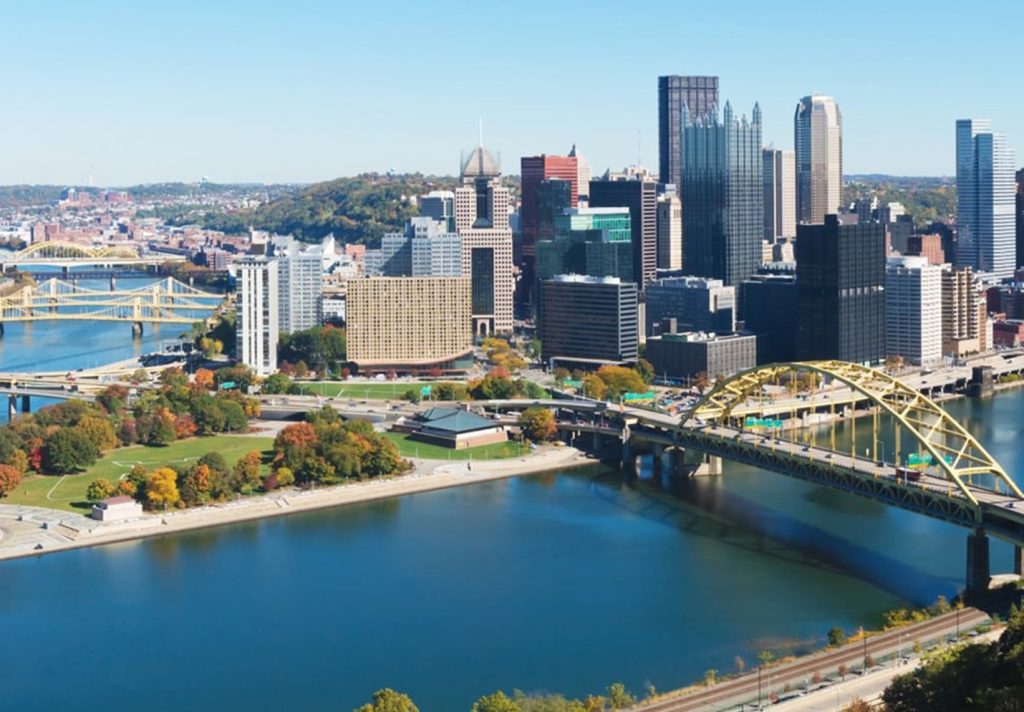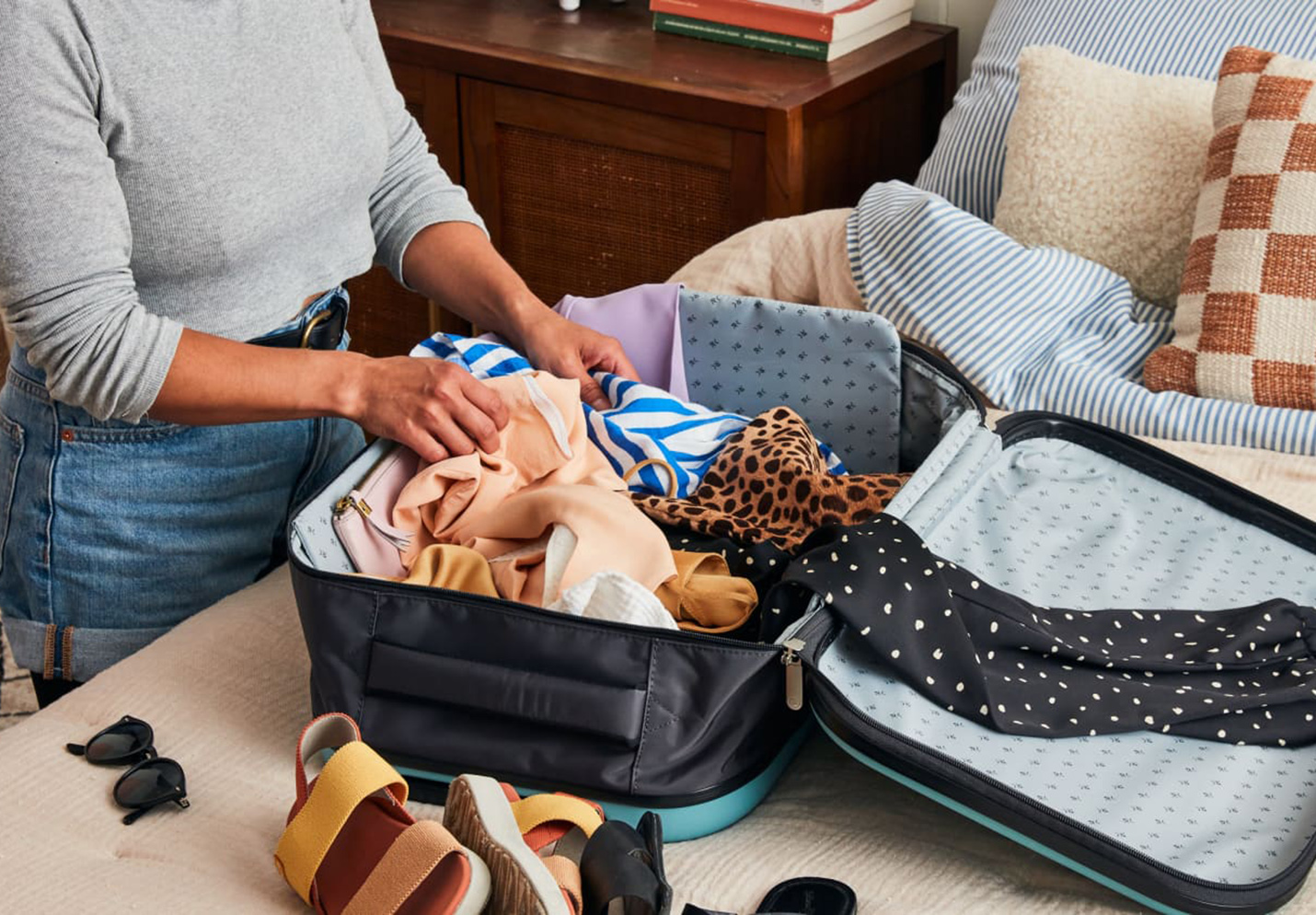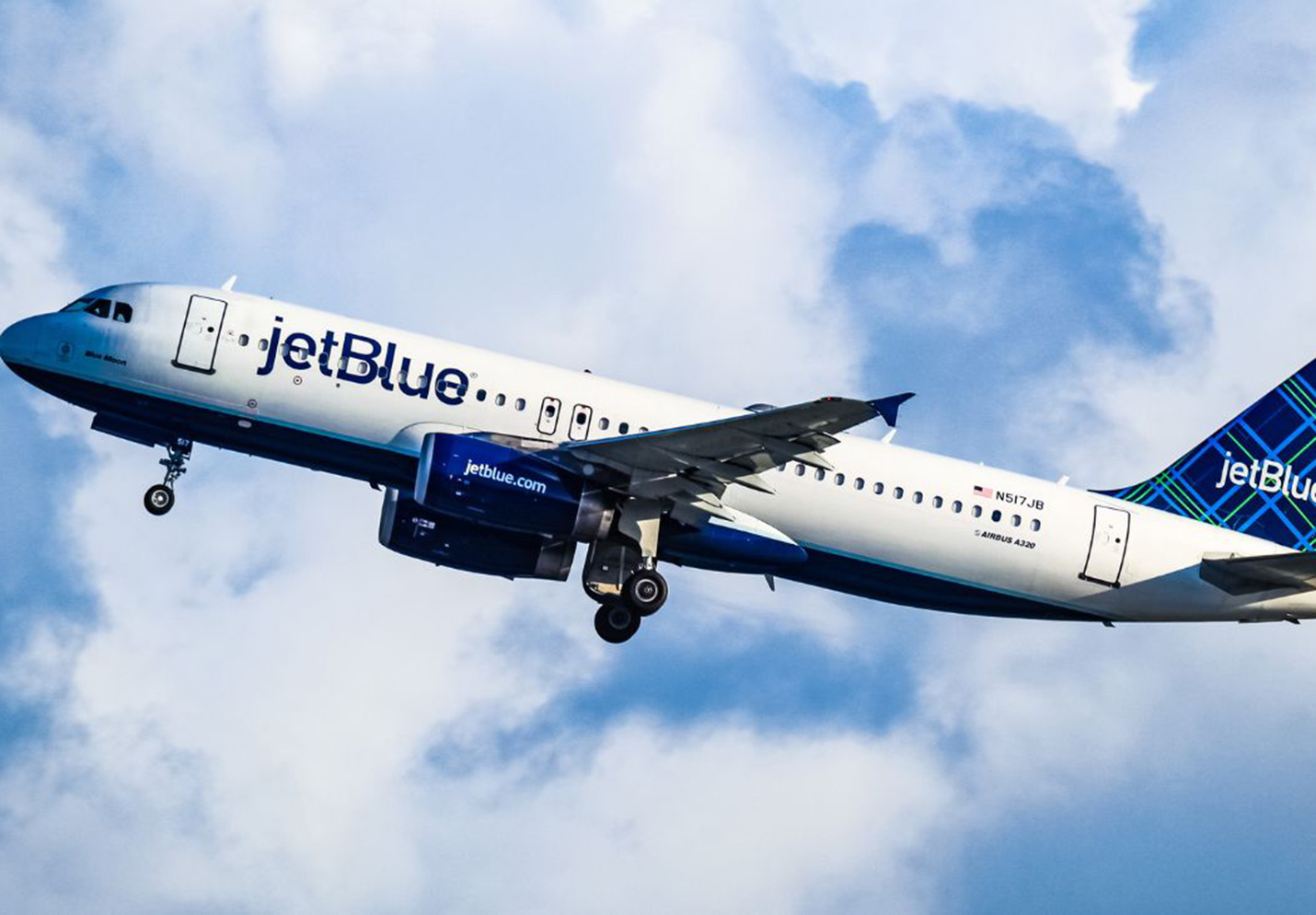As someone who has traveled extensively throughout the U.S. , few cities have impressed me as much as Pittsburgh when it comes to blending a unique cultural vibe with a surprisingly efficient and affordable public transportation system. Whether you’re a first-time visitor or returning for another adventure, mastering Pittsburgh’s transit options can truly elevate your experience.
I’ll walk you through everything I’ve learned about getting around Pittsburgh like a local — from essential travel tips, weather and wardrobe advice, cultural notes, to detailed public transit guidance, street food recommendations, and itinerary planning. I’ll share my personal experiences, favorite spots, and some insider secrets to make your trip smooth, safe, and unforgettable.
1. Essential Travel Prep: What to Pack and Wear
When visiting Pittsburgh, I always start by checking the weather forecast. The city experiences four distinct seasons, with cold, snowy winters and warm, humid summers.
- Weather Overview:
- Spring (March-May): Mild but unpredictable, often rainy.
- Summer (June-August): Warm to hot, highs around 80-85°F (27-29°C), humid.
- Fall (September-November): Crisp, beautiful foliage, temps 50-70°F (10-21°C).
- Winter (December-February): Cold, with snow and ice, temps often below freezing.
Based on this, my packing essentials include:
- Layered clothing (I never underestimate Pittsburgh’s changing weather)
- A waterproof jacket or umbrella for spring and fall rains
- Comfortable walking shoes or sneakers for city exploration and transit
- A warm hat and gloves if traveling in winter — I learned the hard way on an icy December trip!
- A lightweight backpack to carry essentials during the day
2. Cultural Notes and Budget Tips
Pittsburgh is a city with strong blue-collar roots, proudly proud of its steelmaking heritage but also blossoming into a hub for technology, arts, and diverse communities. Locals are friendly and helpful, so don’t hesitate to ask for directions or transit advice.
Currency is, of course, U.S. dollars (USD). ATMs are widely available, but I always carry some cash for street vendors and smaller shops that might not accept cards.
For budgeting, I recommend planning approximately \$50-70 per day for meals, transit, and attractions if you’re moderate in spending. Pittsburgh offers many free or low-cost museums and parks, which can help keep costs down.
3. Mastering Pittsburgh’s Public Transit
Pittsburgh’s public transit system is managed by the Port Authority of Allegheny County, known locally as “Port Authority” or simply “PAT.” It includes buses, light rail (known as “The T”), and inclines.
How to Ride the Bus and Light Rail (“The T”)
When I first arrived, I was pleasantly surprised by how extensive the bus network is. Routes cover almost every neighborhood, from downtown to the suburbs.
- Buying Tickets:
You can purchase tickets on board with exact change, but it’s much easier and cheaper to buy a ConnectCard, a reloadable smart card usable on all buses and the T. I bought mine at a downtown transit center for \$2, then loaded \$20 on it to start. - Fares:
A single ride costs \$2.50 with the ConnectCard (higher if paying cash onboard). Transfers between bus and T are free within two hours. - Using the T:
The light rail is a favorite for me when traveling between downtown and the South Hills neighborhoods. It’s cleaner, faster, and offers a scenic ride through residential areas. The T operates roughly from 5:00 AM to midnight daily.
Comparing Modes
- Buses: Most flexible, with over 60 routes, but can be slower during peak traffic. Great for neighborhood hopping.
- Light Rail (“The T”): Faster, reliable, and comfortable, but with fewer routes (mainly south and north corridors).
- Inclines: The Duquesne Incline and Monongahela Incline are historic cable cars that climb steep hillsides, offering panoramic city views — both practical and tourist favorites.
4. Getting Your ConnectCard and Transit Tips
Getting a ConnectCard was a game changer. It saves time and money. You can buy and reload cards at these locations:
- Downtown Transit Center
- Giant Eagle supermarkets
- Some Walgreens and CVS stores
- Online at Port Authority’s website
Pro tip: Download the Port Authority App for real-time bus and T tracking. It helped me avoid long waits, especially during colder months.

5. Street Food and Safety
Pittsburgh’s street food scene is vibrant and tasty. Here are some must-try favorites:
- Primanti Brothers Sandwiches: Famous for piling fries and coleslaw inside the sandwich. Found downtown near the Strip District.
- Pierogies: A Pittsburgh staple. I tried them at the Pennsylvania Polka Festival and from food trucks around the city.
- The Pittsburgh Popcorn Company: A sweet snack to grab between stops.
Food safety tips: Always buy from vendors who look clean and busy, and avoid items left out for long hours in summer heat. Bottled water is advisable when eating street food.
6. Staying Connected: Local SIM Cards
I always recommend getting a local SIM card if your phone is unlocked. In Pittsburgh, major U.S. carriers like Verizon, AT\&T, and T-Mobile dominate. Here’s what worked for me:
- I bought a T-Mobile prepaid SIM at a Walmart near downtown for \$40, which included 10GB data and unlimited calls/texts.
- Activation was easy with the help of the store staff.
- Coverage in Pittsburgh was excellent, especially downtown and suburban areas.
7. Planning a 5-Day Itinerary
To make your Pittsburgh visit manageable and exciting, here’s a mini itinerary I recommend — all easily reachable by public transit:
- Day 1: Downtown and Cultural District — Explore the Strip District market, visit the Andy Warhol Museum, and catch a show. Use the 61B or 71 bus routes.
- Day 2: Mount Washington Incline and Duquesne Incline — Ride these historic inclines for breathtaking city views, then walk to nearby restaurants. Accessible via the T and local buses.
- Day 3: Lawrenceville and East Liberty — Discover art galleries, coffee shops, and vintage stores along Butler Street and Penn Avenue. Use the 61C bus for direct access.
- Day 4: Schenley Park and Phipps Conservatory — A green oasis perfect for picnics, plus the stunning conservatory. Bus lines 71 and 75 serve the area.
- Day 5: Oakland and University of Pittsburgh — Visit the Cathedral of Learning, Carnegie Museum of Natural History, and other university highlights via the 61A or 61B.
This itinerary gave me a great balance of culture, nature, and local flavor — all without needing a car.
8. Budget Adjustments
If you’re on a tight budget, consider:
- Prioritizing free attractions (many parks and walking tours)
- Using buses instead of taxis or rental cars
- Eating at local markets and food trucks instead of sit-down restaurants
9. Recommended Day Trips
If you want to venture outside Pittsburgh for a day, I highly recommend:
- Ohiopyle State Park: About 1.5 hours away, ideal for hiking, biking, and waterfalls.
- Fallingwater: Frank Lloyd Wright’s masterpiece, approximately 70 miles from Pittsburgh — a must for architecture lovers.
- Amish Country: For a cultural and culinary experience, about an hour’s drive.
10. Travel Insurance Recommendations
While Pittsburgh is generally safe and traveler-friendly, having travel insurance is always wise, especially if you plan active exploration or outdoor activities. I recommend Allianz Travel Insurance for its comprehensive coverage including medical emergencies, trip cancellations, and lost belongings.
On one trip, a minor mishap with a lost bag was easily resolved thanks to my policy — a peace of mind every traveler deserves.
Insider Tips for a Truly Local Experience
The magic often happens when you go beyond the guidebook and tap into the local rhythm. Public transit isn’t just a means of getting around; it’s a front-row seat to Pittsburgh’s vibrant community.
During my stay, I made a habit of riding the buses without a strict agenda, letting the route guide me to new discoveries. On one spontaneous trip aboard the 54 bus through the East End, I stumbled upon an impromptu street festival celebrating Pittsburgh’s arts scene — colorful murals, live music, and local food vendors. That unplanned detour became a highlight of my visit, reminding me how accessible the city’s culture is when you’re willing to explore.
Cultural Nuances to Embrace While Using Public Transit
When you hop on a Pittsburgh bus or the T, you’ll notice a few cultural touches that make the experience uniquely “Steel City”:
- Friendly Conversations: Pittsburghers often strike up friendly chats while waiting or riding. Don’t be shy to say hello or ask for recommendations — it’s part of the local charm. I’ve learned so much about neighborhood history and hidden gems just from brief conversations with fellow riders.
- Respect for Drivers: Unlike some places, Pittsburgh’s riders tend to be courteous and respectful toward transit operators. This atmosphere makes the rides calm and pleasant, which I truly appreciated.
- Keep Cash Handy: While most buses accept ConnectCard and mobile payments, some smaller vendors near transit stops still prefer cash. I recommend carrying a small amount just in case you want to grab a quick snack or souvenir.
Maximizing Your Budget: Saving on Transit and Attractions

Budget travelers will find Pittsburgh refreshingly affordable — especially if you leverage the city’s transit options:
- Daily and Weekly Passes: I found that the 1-Day Pass ($7) and the 7-Day Pass ($25) were excellent value if you plan to use buses or the T frequently. They allowed unlimited rides, so I didn’t have to worry about buying single tickets multiple times.
- Combining Transit with City Passes: Some city attraction passes, like the Pittsburgh Explorer Pass, include discounts on transit or partner with local tours that incorporate transit rides. Planning ahead with these passes can save both money and hassle.
- Off-Peak Travel: I avoided the rush hour price spikes and crowds by scheduling sightseeing during mid-mornings or early afternoons. Transit fares remain the same, but the experience is far more comfortable and relaxing.
Embracing the City with Confidence and Curiosity
Navigating Pittsburgh by public transit opened a door to a city rich with stories, flavors, and friendly faces. It turned what could have been a logistical challenge into an engaging adventure.
If you’re ready to explore Pittsburgh like a local, my advice is simple: embrace the transit system, stay curious, and let the city’s unique character unfold at every stop.
With a little preparation and openness, you’ll not only save money and time but also experience Pittsburgh’s heart and soul in the most authentic way possible.
Safe travels and enjoy every moment of your Steel City adventure!



